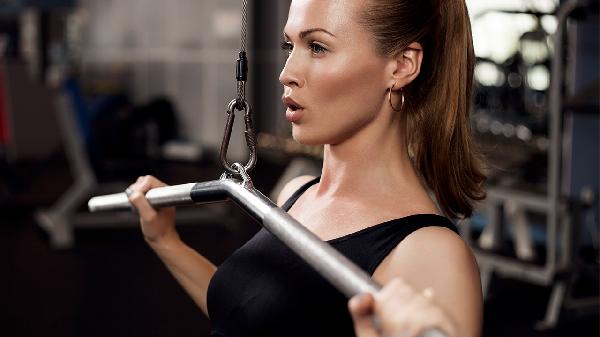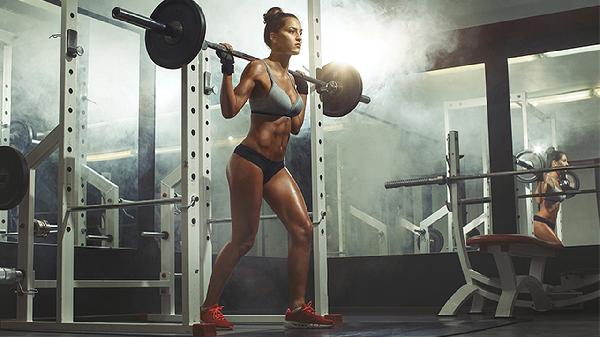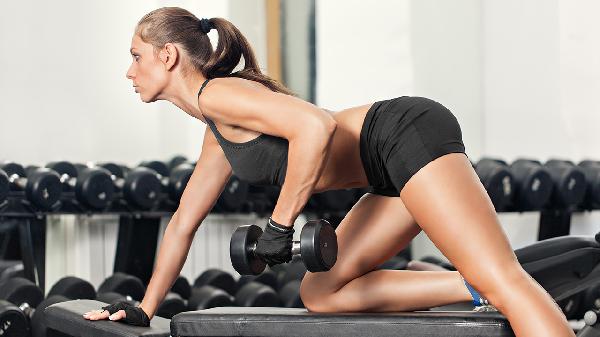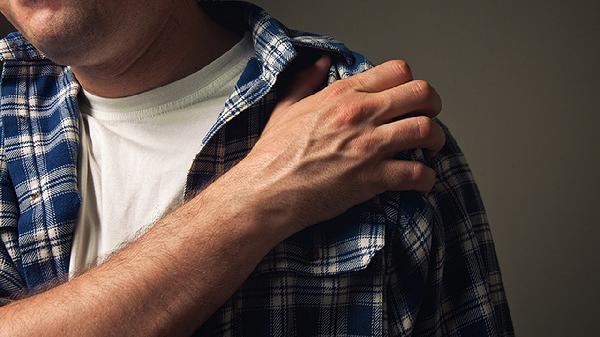Finding the perfect jump rope length isn't rocket science, but getting it wrong can turn your workout into a trip-fest. The golden rule? Stand on the middle of the rope with one foot—the handles should reach your armpits. That's your sweet spot for maximum efficiency without whipping your shins or getting tangled like a human pretzel.
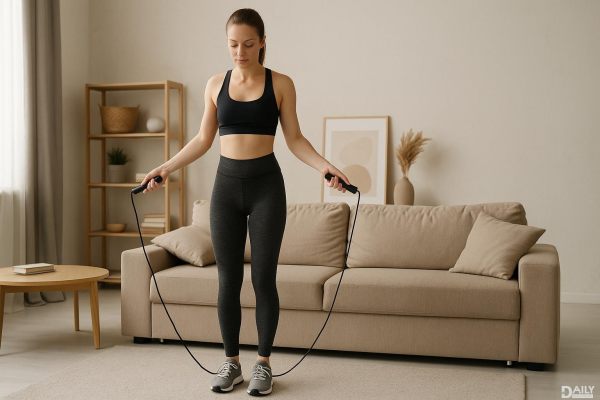
Using a rope that's too long turns your session into a battle against excess cord whipping around your ankles. Too short, and you'll be hunched over like Quasimodo trying to avoid decapitation. Proper length ensures smooth rotation, better rhythm, and most importantly—fewer face-slapping incidents. Olympic boxers and CrossFit athletes obsess over this measurement because fractions of an inch affect speed and endurance. Your rope isn't just a tool; it's an extension of your body's mechanics.
Here's the no-BS method fitness pros use: Step on the center of the rope barefoot (shoes add false height). Pull upward until the rope is taut. For general fitness, handles hitting mid-chest work, but advanced jumpers prefer armpit level for faster rotations. Pro tip: If you're between sizes, always round down. It's easier to adjust to a slightly shorter rope than to constantly fight a sluggish, too-long cord that kills your double-unders.
While the foot test is king, here's a cheat sheet if you're buying online: Under 5'4"? Go for a 7' rope. 5'4"-5'10"? 8' is your jam. Taller than 5'10"? Grab a 9-footer. But remember—these are starting points. Your jumping style (speed vs. freestyle tricks) and torso length affect the ideal fit. Basketball players with long arms might need an extra 3 inches compared to someone with a stockier build at the same height.
Freestyle jumpers doing elaborate crosses and releases often add 6-12 inches for creative slack. Conversely, competitive speed jumpers sometimes go shockingly short—handles barely reaching nipple height—to shave milliseconds off rotations. If you're just starting out, ignore these exceptions until you've logged 20+ hours. Master the fundamentals before trying to look cool on Instagram.
Investing in a rope with quick-length adjustment (look for screw-lock mechanisms, not those flimsy clips) lets you experiment as your skills progress. Many athletes keep two ropes: one "strict length" for technique work and a slightly longer one for endurance sets where fatigue alters form. Bonus: Adjustables are clutch for shared home gyms where Dad's 6'2" and Junior's 4'11".
Listen to your rope—it's talking to you. Constant tripping? Probably too long. Shoulders burning after 30 seconds? Too short, forcing you to overcompensate with arm strain. If you hear loud "thwacks" on the ground between jumps, you've got excess length stealing your energy. Perfectly sized ropes make a crisp "whoosh" with minimal ground contact.
At the end of the day, the right jump rope length is like a good pair of jeans—when it fits, you forget it's there and just move. Take the time to dial it in, because nothing kills a cardio session faster than fighting your equipment. Now go forth and rotate without frustration.



